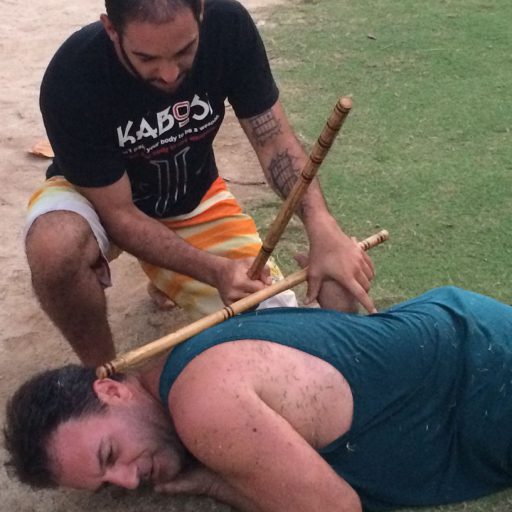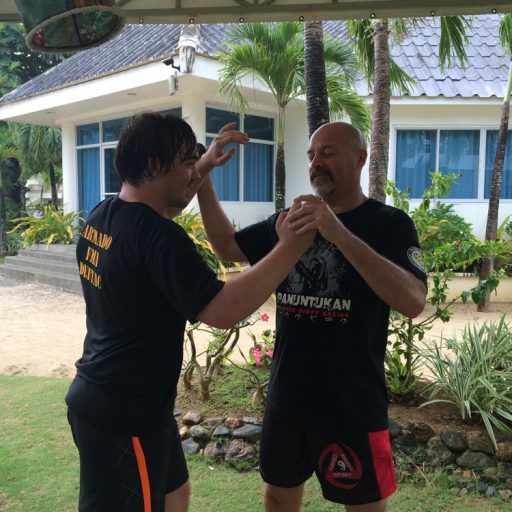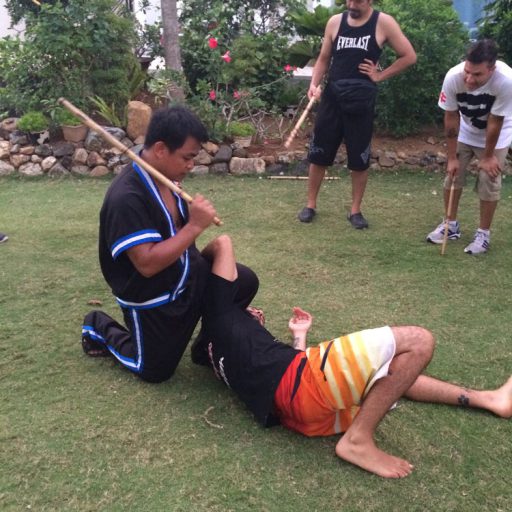Filipino Martial Arts is based on the traditional armed fighting combat system of the Philippines. It incorporates the use of traditional Filipino weapons such as, sticks, knife, staff, and karambit, as well as, Dumog (grappling) and Panuntukan (Filipino dirty boxing).
Filipino Martial Arts is a strategic, low impact, and defence based style which is suitable for beginners as well as experienced martial artists who wish to expand their knowledge and skill base of weapons to empty hand.




